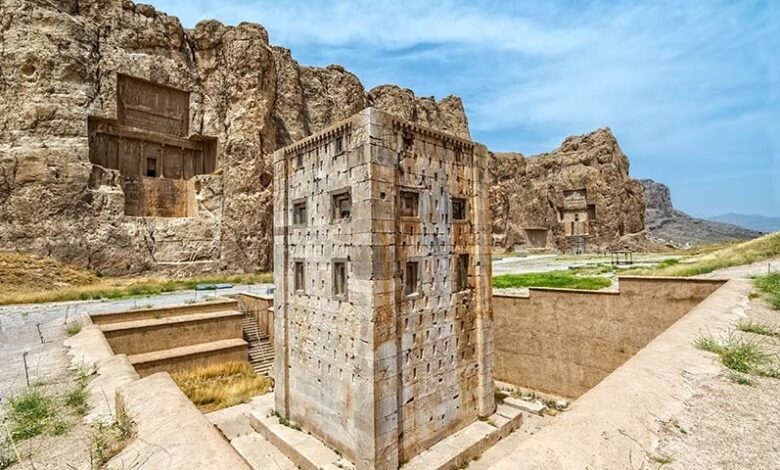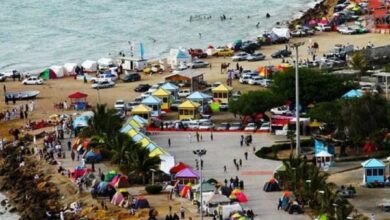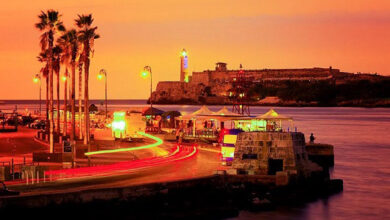Naqsh-e Rustam

Naqsh-e Rustam is an ancient necropolis located about 12 km northwest of Persepolis, in Fars Province, Iran. It lies a few hundred meters from Naqsh-e Rajab. The oldest relief at Naqsh-e Rustam is a monument called the Ka,beyeah Zardosht -meaning the «Cube of Zoroaster»- which dates back to 1000 BC. The name, Naqsh-e Rustam meaning «Rustam Inscription» was locally believed to be a depiction of the mythical hero Rustam in Shahnemeh.
Four tombs belonging to Achaemenid kings (Darius II, Artaxerxes I, Darius I, Xerxes I) are carved out of the rock face at a considerable height above the ground. The tombs are known locally as the «Persian crosses», because of the shape of the facades of the tombs.
The entrance to each tomb is at the center of each cross, which opens onto a small chamber, where the king lay in a sarcophagus. The horizontal beam of each of the tomb,s facades is believed to be a replica of the entrance of the palace at Persepolis. One of the tombs is explicitly identified by an accompanying inscription as the tomb of Darius I the Great (c. 522-486 BC). The other three tombs are believed to be those of Xerxes I (c. 486-465 BC), Artaxerxes I (c. 465-424 BC), and Darius II (c. 423-404 BC) respectively.
A fifth unfinished one might be that of Artaxerxes III, who reigned at the longest two years, but is more likely that of Darius III (c. 336-330 BC), last of the Achaemenid dynasts. The tombs were looted following the conquest of the Achaemenid Empire by Alexander the Great.



